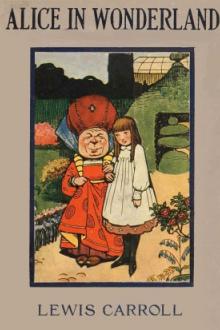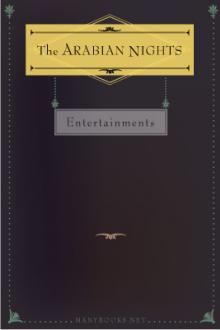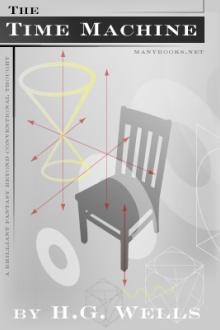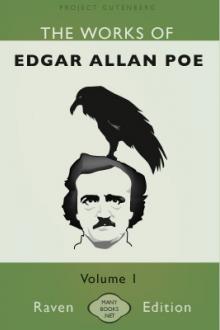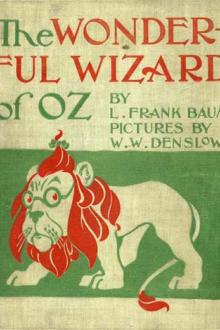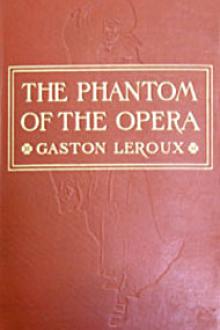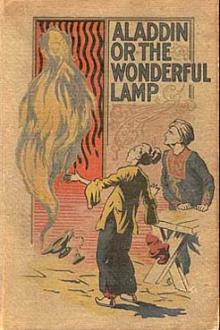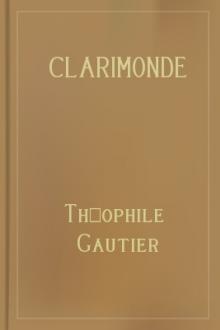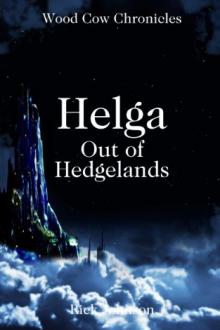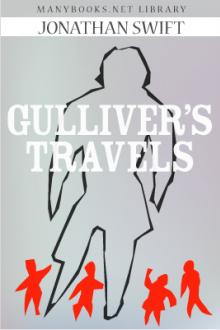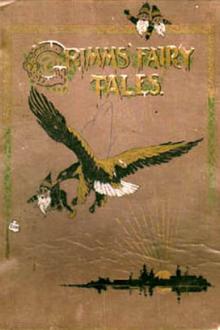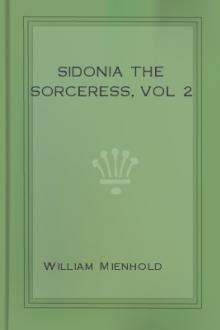Sidonia The Sorceress, vol 1
Book Excerpt
CHAPTER VI
.How the young Prince prepared a petition to his mother, the Duchess, in favour of Sidonia--Item, of the strange doings of the Laplander with his magic drum.
CHAPTER VII
.How Ulrich von Schwerin buries his spouse, and Doctor Gerschovius comforts him out of God's Word.
CHAPTER VIII
.How Sidonia rides upon the pet stag, and what evil consequences result therefrom.
CHAPTER IX
.How Sidonia makes the young Prince break his word--Item, how Clara von Dewitz in vain tries to turn her from her evil ways.
CHAPTER X
.How Sidonia wished to learn the mystery of love-potions, but is hindered by Clara and the young Prince.
CHAPTER XI
.How Sidonia repeated the catechism of Dr. Gerschovius, and how she whipped the young Casimir, out of pure evil-mindedness.
CHAPTER XII
.Of Appelmann's knavery--Item, how the birthday of her Highness was celebrated, and Sido
Editor's choice
(view all)Popular books in Fantasy
Readers reviews
And it's witchcraft and the dire fate of those unlucky individuals who were accused of practicing it which primarily drive the plots of both these tales, although "The Amber Witch" also describes some of the terrible hardships of the Thirty Years War. Since "The Amber Witch" (which was actually Meinhold's first work in this vein) is by far the better-known of the two, I'll devote the rest of this review to "Sidonia the Sorceress", which was published nine years later, in 1847,
Meinhold employs much the same literary device here that he used in "The Amber Witch", making Sidonia's chronicler a (near) contemporary: a cleric commissioned by Bogislaw XIV, the last Duke of Pomerania, to compile a history of the witch Sidonia von Bork, whose curse supposedly doomed the ducal line. (Bogislaw and his unlucky brothers are actual historical figures.) The narrator is a fervent believer in witchcraft and Satanic powers, who never exhibits the slightest skepticism towards the fantastic events he's recording for his patron, or that Sidonia's "confession" was extracted from a demented old woman by torture. This lends an intriguing ambiguity to the narrative, when you consider the true author of this tale was a highly educated Lutheran pastor, whose audience was firmly rooted in the age of Reason.
"Sidonia the Sorceress" does in fact read like an early 17th Century chronicle -- which is both its strength and its weakness. Episodic and at times a bit rambling, it's an artful evocation of the extravagant piety and childish credulity which so often characterized the era, Whether his fictional narrator is describing the pomp and magnificence of the Pomeranian nobility, the squalid lives of robbers and peasants, or relating supernatural apparitions and the absurdly legalistic, state-sanctioned lunacy of the witch-finder, Meinhold knew his source material. The incidents of witchcraft and details of its prosecution could have come straight out of Reginald Scot's "Discovery of Witchcraft" or Heinrich Kramer's infamous "Malleus Maleficarum" -- the "Hammer of the Witches" (1486) -- a legal manual for the detection and prosecution of witches and warlocks, which vies with "Mein Kampf" for the dishonor of being the most demented, evil book ever published. There's even a sub-plot which demonstrates the real author's evident familiarity with ritual magic of the white variety.
Meinhold's attempt to mimic both the style and delusional atmosphere of an earlier time actually works to his advantage, helping him avoid some of the melodrama and cliches of the typical Victorian Gothic romance.
Which isn't to say that a modern reader won't find "Sidonia" heavy going in places, particularly as the story gets off to a rather slow start. But the reader who sticks with it will be rewarded with some superbly weird and gruesome scenes, as well as gaining some authentic insight into a time when "civilized" Christians truly believed looks could kill, that curses could destroy a family and every misfortune was the fault of witches working Satan's evil will with the aid of their demonic familiars.
I'd even go so far as to say this reader found a disturbing resonance between the time Meinhold depicts and these first decades of the 21st Century, which even vile bureaucratic euphemisms like "enhanced interrogation techniques" cannot fully obscure.
- Upvote (0)
- Downvote (0)

 Free Download
Free Download











